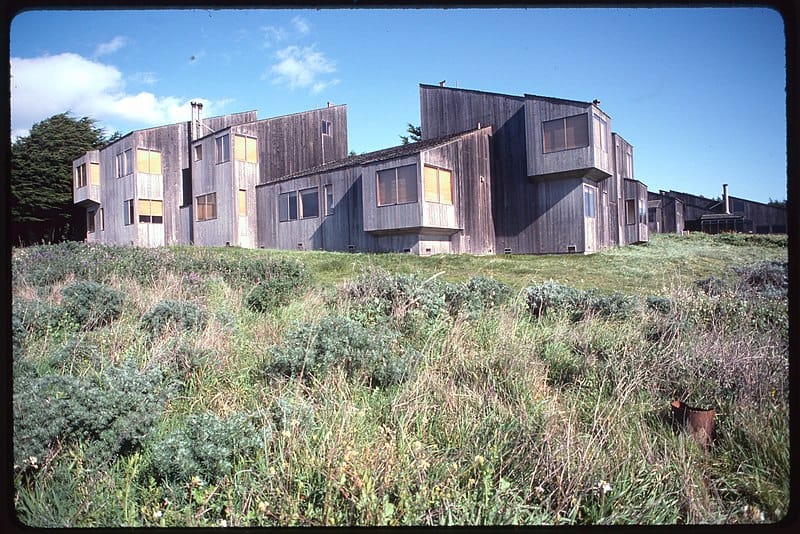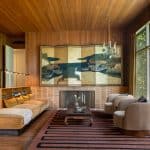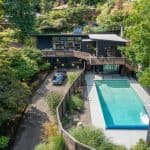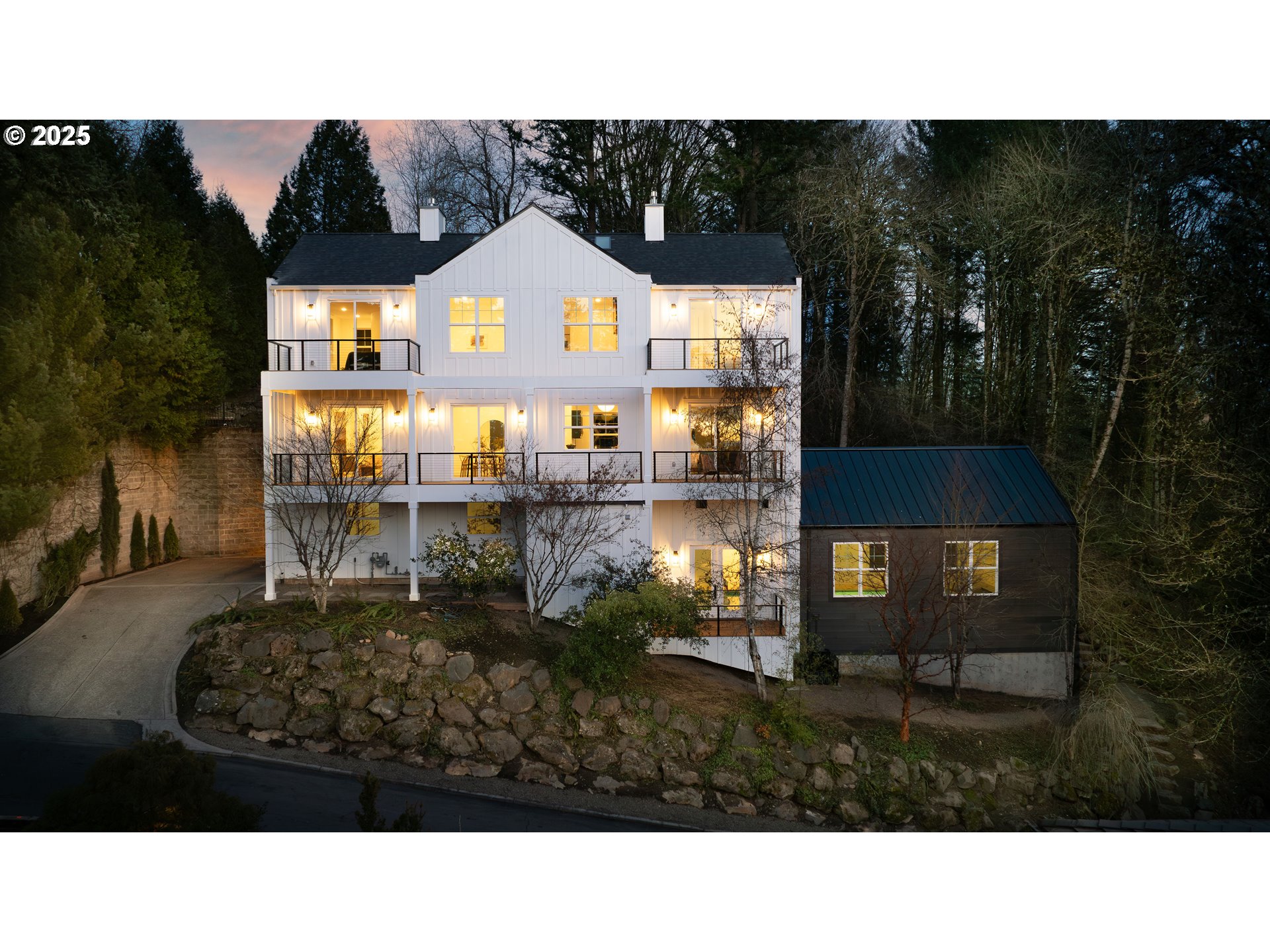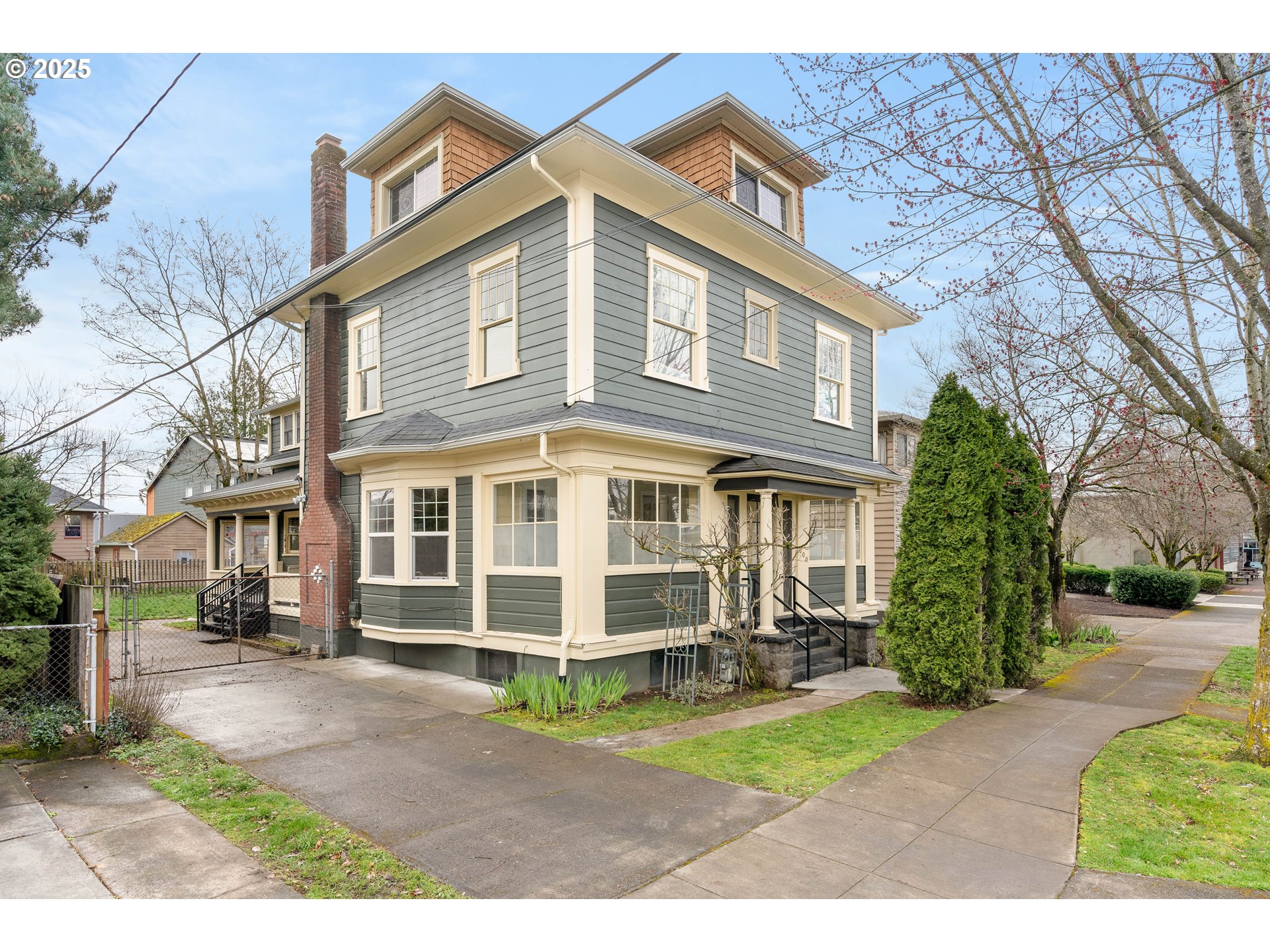The Sea Ranch. Iconoteca dell’Accademia di architettura in Mendrisio, Switzerland, CC BY-SA 4.0, via Wikimedia Commons
“My own way has been to design the outward forms of nature but emphasize the results of the processes of nature…This act of transmuting the experience of the natural landscape into a human-made experience is, for me, the essence of the art of landscape design”
You may not know his name or face, but chances are high that you’ve walked past his work on numerous occasions, right here in the city of Portland
Lawrence Halprin (1916-2009) was raised in Brooklyn, New York and started his studies in a field far from architecture. In 1935, while at Cornell University, he studied plant sciences, going on to pursue an M.S. in horticulture from the University of Wisconsin. While seemingly unrelated, this time played a significant role in Halprin’s ideas on landscape movement, which became a focal point through his life’s work. The other major influence on these early theories—his marriage to Anna Schuman a dance student he met while in university.
His career took a major turn after an auspicious visit to Taliesin East, Frank Lloyd Wright’s home study, an experience that inspired him to study design. He subsequently entered the B.L.A. program at Harvaserd’s Graduate School of Design in 1942. However, like many other promising minds of the era, his career as a landscape architect was delayed when he enlisted in the Navy during World War II. He was enlisted for two years before returning to the U.S. after the wars end and joining Thomas Church’s firm in San Francisco.
Halprin’s career as a landscape architect was delayed by two years as he enlisted in the U.S. Navy during World War II. In spring 1945, he returned to the United States and joined Thomas Church’s firm in San Francisco.
In the decade the followed, Haprin’s practice was comprised of typical project types of the post-war period–residential gardens, small housing projects with prominent Bay Area architects, such as William Wurster, and eventually several campus master plans as well as suburban shopping centers. By the mid-1960s, after several trips to Europe, Lawrence Halprin and Associates were known more for their urban landscape projects, as they designed and built Ghirardelli Square (1962-1968) and Embarcedero Plaza (1962-1972), both in San Francisco; Nicollet Mall, Minneapolis (1962-1967); Park Central Square, Springfield, Missouri (1969-70) and four of Portland’s public spaces: Lovejoy Plaza, Pettigrove Park, Auditorium Forecourt, and the Transit Mall (1965-1978) among other notable public spaces.
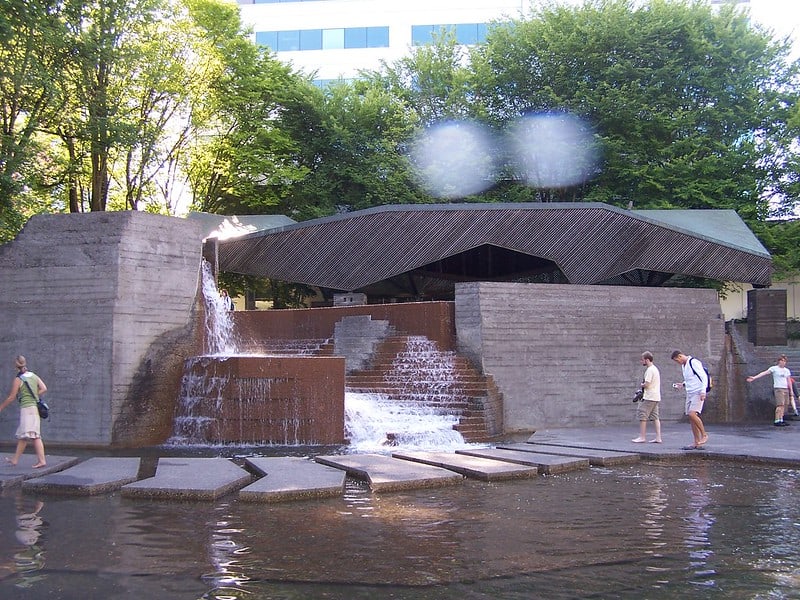
Lovejoy Fountain Park, Portland, Oregon. Photo via Flickr by Natalie Blackburn
By the mid-1970s, Halprin’s office was considerably smaller,” having weathered several recessions and infamous staff revolts” (link). Still, at an age when many consider retirement, Halprin’s talent and enthusiasm were undiminished. He continued to receive major commissions for another three decades. These include the Franklin Delano Roosevelt Memorial in Washington, DC; Bunker Hill Steps and Library Garden, Los Angeles, California; the 52-acre approach to Yosemite falls in Yosemite National Park, California; the Haas Promenade in Jerusalem; and, Lucas Studio campus at The Presidio and Stern Grove, both in San Francisco, California.
While clearly extensive, there’s one work in particular that has been a popular topic of conversation in the design world of late. Located on a ten-mile stretch of the California coast, about 100 miles north of San Francisco, lies the Sea Ranch. A residential community integrating environmental principals of the time and built to be as minimally intrusive on the native environment as possible. Houses were placed within the natural framework of the coastal hills, nestled between hedgerows to provide wind protection and ocean views. Halprin drew inspiration from his early years on a kibbutz in conceptualizing the communal clusters.

The Sea Ranch. Iconoteca dell’Accademia di architettura in Mendrisio, Switzerland, CC BY-SA 4.0, via Wikimedia Commons
Halprin’s legacy may reside as much in how he re-structured the process of design as in what he built. Recognizing that landscape design requires, in Moholy Nagy’s terms “vision in motion”, Halprin translated notational systems for dance and music scores into a new landscape drawing convention, imagining movement through space over time in a landscape. An ingenious mind.
Lawrence Halprin died at his home in Kentfield, California, on October 25, 2009. Want to learn more about his legacy? Start here, or here.

